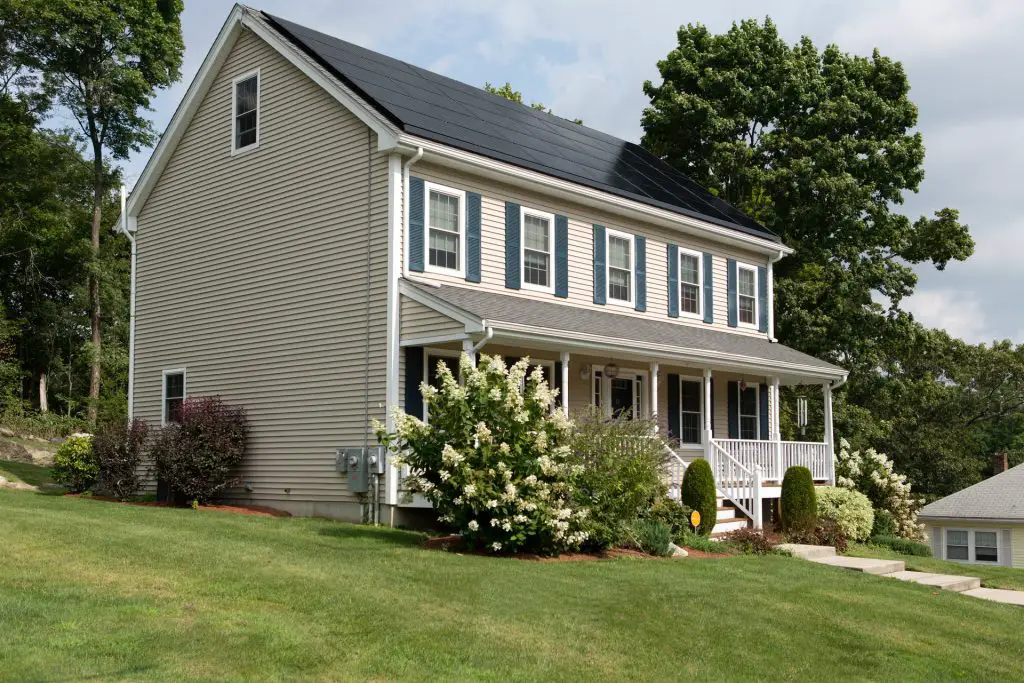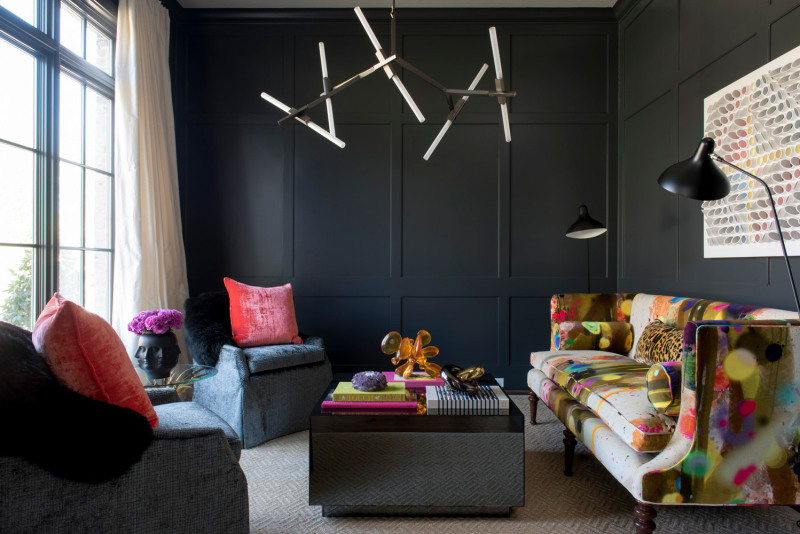Installing solar energy as a renewable resource for your home means you’ll need less electricity from the traditional power grid. But before you take that step, you first need to ensure that your energy consumption is relatively low based on your current utility costs.
That means do you incorporate LED light bulbs in your lamps instead of traditional (and costly) incandescent bulbs, do you turn off the television when you leave the room, do you choose to run a lot of different appliances at one time.
If you aren’t concerned with your carbon footprint before the installation, you’ll be disappointed with the lack of efficiency until you develop a pattern of conscientiousness following placement.
Deciding to put up a solar system demands a new way of thinking about energy. Where once your electricity was pulling from “the grid,” it will now be a product of your own property. While that means greater cost savings for you, it also means a bit of restraint and feeding minimal back into the grid. Let’s look at some tips.
Tips On Reducing Solar Panel Consumption

It might seem like an oxymoron; even after solar panel installation, you still want to be conservative with your electric usage. The idea is to feed as little as possible back into the massive grid. You want to hold onto as much of your “self-produced” energy as you can – it’s yours.
If you didn’t come into the project as someone paying attention to their carbon footprint, it’s never too late to learn. There are steps to follow that will help you manage the amount of energy you use so that you’re not overindulging. Let’s check out a few.
● Eliminate energy hogs from the household
Most people today look for energy-saving appliances or products that cut utility costs (before even considering renewed resources). If you have appliances that are hogging energy, eliminate them from your home. That can include incandescent light bulbs or old water heaters.
These things will overtake the solar system. But by replacing these, you can lower your energy consumption allowing more of your household to have solar panel coverage. Open here to learn how to make money with your solar panels.
● Use LEDs instead of incandescent bulbs from times past

Among the single leading cost factors is lighting. Most people are unaware that the obsolete bulbs are only responsible for roughly 10% of the electricity needed to generate light, with the remaining percentage used to produce heat. These are heat generators more so than light since they depend on a “tungsten” filament.
With modern LED bulbs, most of the electricity generated goes for lighting. It’s apparent because these are cool to the touch. These require significantly less electricity to generate the same light, plus since they don’t heat, bringing a loss of integrity to the glass, the bulbs will last longer.
Investing in LEDs is becoming easier for the budget-conscious since prices are starting to decrease. That means you’ll see returns on the investment quickly.
● Take advantage of high consumables during the day
Appliances that boast the highest electricity demand, like the washing machine, dishwasher, dryer, or stove, usually come with timers and should be situated so that they run during the day when your solar generator is putting out the most power. A high-wattage stove can prove challenging for the solar panel cells alone. In that case, a battery is often warranted as a “buffer” to help with “load peaks” on a short-term basis.
It’s vital to learn early on that you don’t want to use two appliances simultaneously or two pieces of equipment at the same time. The suggestion is no one should bake a dish or cook something while doing laundry, nor should you sweep with your vacuum while drying clothes.
● Keep “standby mode” switched off

Most electrical devices have standby when they’re not actively in use, meaning they’re generating electricity even though no one is interacting with them. That includes things like computers, televisions, game consoles, kitchen appliances, and more. Considering how many devices are in a single home, this can add up to a lot of electricity usage.
The suggestion is these need to be physically separated when not being used from the circuit with switchable sockets. Even if you decide against solar panels, something needs to be done with all the devices creating power without physical interaction. How wasteful is that?
Final Thought
Experienced technicians like those at yoursolarspot.com can help you when it comes to the energy you’re consuming. Once you have placement, you’ll develop a pattern of what you feel is efficiency. But ultimately, you might find you are less than so.
An expert tech can offer support by helping monitor step by step to inspect the meters and see the effects your precautions are having. Finding the devices in the home responsible for consuming the most energy can almost bring a sense of accomplishment since you can then eliminate or make adjustments.
Remember, though, the “rethinking” process should start before you actually receive your solar panels. Consider your carbon footprint ahead of time and look at areas where your energy consumption is excessive even without the use of solar.
In this way, you can go ahead and start the process of converting to possibly LED light bulbs or perhaps get rid of appliances that are “energy hogs.” Efficiency should then be a piece of cake.
Thanks to yoursolarspot.com for consulting on this post.
Leave a Reply